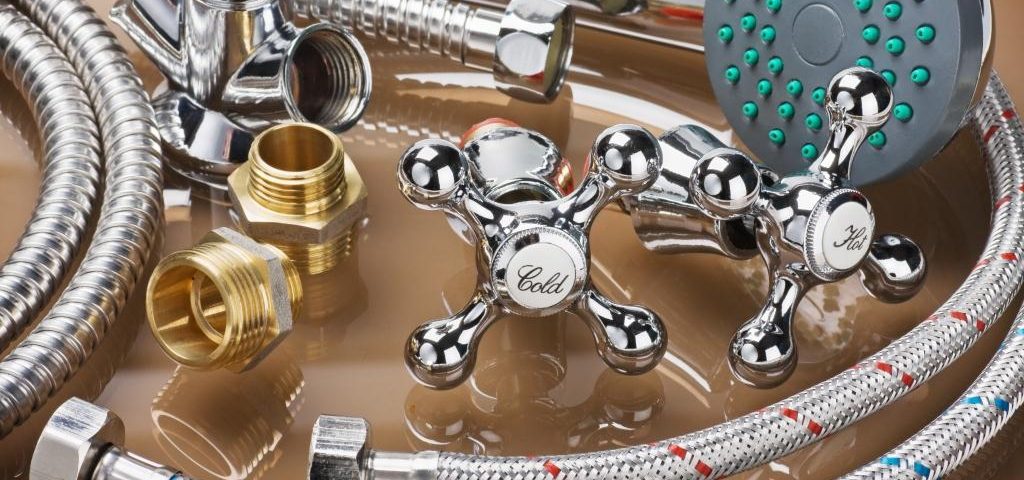Tips to Unclog a Drain before Calling a Plumber

As we spend much of our time in the kitchen and bathrooms, it’s likely that the drains will get clogged up at some point. When it comes to pass, avoid the urge to pour a chemical drain cleaner into the sink, as these chemical drain cleaners are toxic liquids that can cause burns to your skin, and may be harmful to your plumbing system. Some chemical drain cleaners even corrode pipes. However, clogged drains are typically easy enough to correct on our own. The average homeowner should be capable to clear most clogged drains in two hours or less, depending on the severity of the clog. I will explain in this article a number of simple methods to unclog drains and how to prevent clogged drains in the future.
First Try to Unclog the Strainer
Many clogged drains begin with a collection of debris around the stopper or strainer of the drain. Sometimes the solution to a clogged drain is as simple as removing and cleaning the strainer. Below are a few tips to ensure that your drain strainer is clear:
- If there are screws in place to secure the strainer, be sure to remove them. Next use a standard screwdriver to pry the strainer up from the drain. Finally remove and rinse off any collected debris from the strainer. You will also want to clean the top interior of the drain if possible.
- A common source of clogs is hair around the stopper. They should be cleaned on a regular basis since hair and other particles can collect easily around the base of the stopper. Some stoppers require a twisting removal, while others are secured with a pivot rod connected to the base of the sink. Understand which type you have and remove the stopper accordingly to clean any collected debris.
Use a Plunger to Unclog the Drain
The plunger is one of the most handy devices for unclogging drains. As long as the blockage is not too far into the main drain, the plunger can usually clear the drain. In order to effectively use the plunger place it over the drain and pump with an up and down 8-12 times. Quickly pull the plunger away from the drain on the last pump and see if the water drains down the sink. If it does not, repeat the pumping actions with the plunger to try to unclog the drain.
- Be sure to block any openings connected to the clogged drain. This includes the drain hole in an adjacent sink or any overflow holes. The best way to do this is by stuffing wet rags into the holes.
- Ensure there is at least two to three inches of water standing over the drain hole. The water will help the clog to move out of the way, and is also a great indicator to let you know if your plunging has been successful. You will know that the clog has been cleared when the water drains.
- Petroleum jelly is a household good that can help to make your plunger more effective. By adding a sizeable layer of it to the edge of the plunger it will help to give the plunger greater suction power. This is due to the tight seal that the petroleum jelly creates between the plunger and the sink or tub.
Try an Alternative with the Plumbers Auger
The obstruction may be further into the pipes or even in the main drains if the above steps have been followed and the drain is still clogged. Next you may want to move to a more advanced technique with the plumbers’ auger. The plumbers’ auger is more popularly referred to as a sewer snake, toilet jack or electric eel. A few key items to keep in mind when using the plumbers’ auger are as follows:
- You will need to remove any traps or obstructions to the drain. Only then should you push the auger into the drain line. Only stop pushing it once you have made contact with the blockage.
- Hooking the blockage by twisting the auger handle is a technique that usually works well on most common clogs. Once hooked, you should stop twisting the auger handle and then push the auger until the clog is dislodged.
- Reassembly of the drain traps and resealing of the threads are necessary after using a plumbers’ auger. Teflon tape or pipe joint compound are the best tools to do this with. You also should ensure the trap is not leaking at the re-connection joints once the clog is completely cleared.
The above steps should help you to clear your drain of a blockage without calling a plumber. However if you are still experiencing issues after following the steps or are uncomfortable with any of the steps, you should seek professional assistance. The next step is to contact an expert to clear your plumbing system of any issues. Be sure any expert you contact is a Licensed Master Plumber, and if you are seeking a Columbus plumber contact Reid Plumbing and Gas Service.
